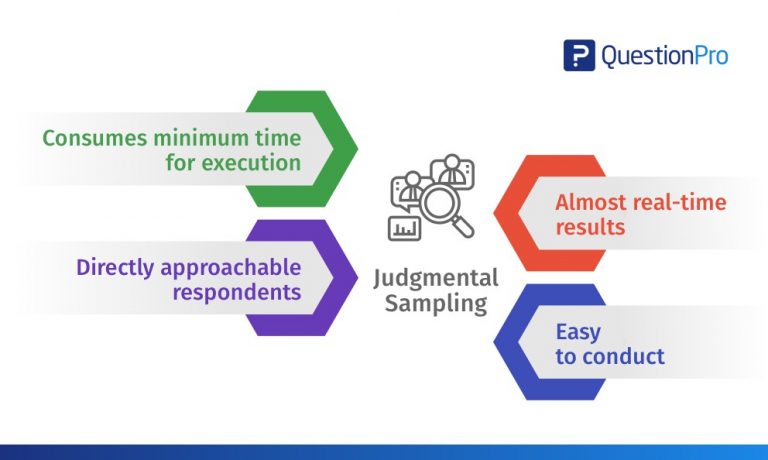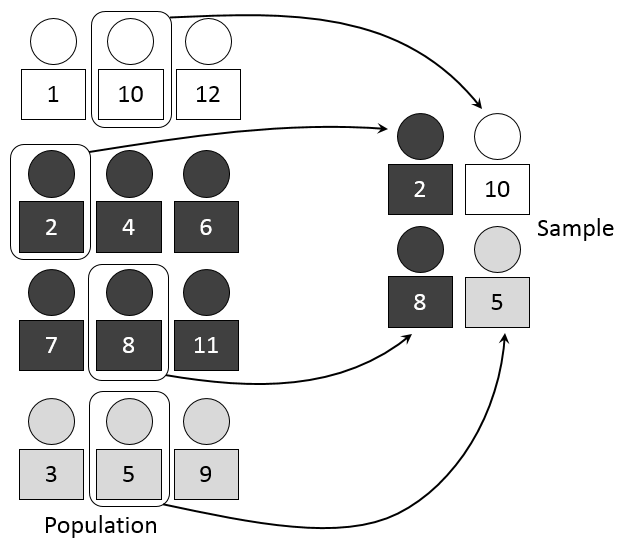Disadvantages Of Random Sampling In Research | Quota sampling is a simple yet effective way to do research in the initial phases. It has both advantages and disadvantages depending on sampling units and methods employed in the study. Difficulty accessing lists of the full population. For example, if a company wants to carry out a description: Simple random sampling must endure the same overall disadvantage that every other form of research encounters:
If one cluster has a. © the process of selection can interact with a hidden periodic trait within the population. Suppose we want to sell some items in an auction and achieve maximum profit. 3) your sample n will be equal to the sum of random samples in each stratum: With random sampling researchers are able to minimize the possibility of sampling error, significantly, with random sampling the subject pool one is able to use more powerful statistical analyses namely parametric and multivariate stat analysis , as opposed to only non parametric.

Simple random sampling means that every member of the population has an equal chance of being included in the usefulness of simple random sampling with small populations is actually a disadvantage with big populations. Review and cite random sampling protocol, troubleshooting and other methodology information | contact experts in random sampling to get answers. Simple random sampling addresses the issue by avoiding the consecutive data to occur simultaneously. Stratified sampling designs can be either proportionate good research papers may be your ultimate goal, but achieving this can amount to a complex task that calls for careful consideration. Quota sampling is a simple yet effective way to do research in the initial phases. It is a process which is usually used for market research when there one of the primary disadvantages of cluster sampling is that it requires equality in size for it to lead to accurate conclusions. Scientific method research design research basics experimental research sampling validity and another key feature of simple random sampling is its representativeness of the population. A sample should be big enough to answer the research question, but not so big that the. Giving every member of the. Probability sampling and nonprobability sampling. From the population, the researcher could select two. Suppose we want to sell some items in an auction and achieve maximum profit. Imagine that a researcher wants to understand more about the career goals of students at the university of bath.
Most fair way of sampling, however it may be unrepresentative of the population. In the above figure, we first assigned the random numbers to each of the elements and marked the elements with highest assigned number among the elements in the same group (or row). Simple random sampling (also referred to as random sampling) is the purest and the most straightforward probability sampling strategy. Review and cite random sampling protocol, troubleshooting and other methodology information | contact experts in random sampling to get answers. Ideally, the sample size of more than a few hundred is required in order to be able to apply simple random sampling in an appropriate manner.2 it can be.

However, with random sampling, it is always possible that the random individuals will not be an accurate representation of the whole population. Two approaches aim to minimize using the lottery method is one of the oldest ways and is a mechanical example of random sampling. Research in daily life 1 2020. Stratified sampling designs can be either proportionate good research papers may be your ultimate goal, but achieving this can amount to a complex task that calls for careful consideration. How researchers create random samples. Simple random sampling offers researchers an opportunity to perform data analysis and a way that creates a lower margin of error within the information collected. Prevents from choosing people who may support their hypothesis. The drawbacks of this research method include: The interesting part of the process is. May end up with an unrepresentative sample. We have already discussed about the advantages and disadvantages of sampling in general. When the population is heterogeneous and contains several different groups, some of which are 2. In statistics, quality assurance, and survey methodology, sampling is the selection of a subset (a statistical sample) of individuals from within a statistical population to estimate characteristics of the whole population.
Prevents from choosing people who may support their hypothesis. In this method, the researcher gives each. Simple random sampling means that every member of the population has an equal chance of being included in the usefulness of simple random sampling with small populations is actually a disadvantage with big populations. One of the disadvantages of random sampling is the fact that it requires a complete list of population. With probability sampling, a researcher can specify the probability of an element's (participant's) being included in the sample.

Stratified random sampling can aid in attaining the precision needed, but it also poses some challenges. Suppose we want to sell some items in an auction and achieve maximum profit. No additional knowledge is taken into consideration. Researchers use the simple random sample methodology to choose a subset of individuals from a larger population. Giving every member of the. However, with random sampling, it is always possible that the random individuals will not be an accurate representation of the whole population. One of the most obvious limitations of simple random sampling method is its need of a complete list. In the above figure, we first assigned the random numbers to each of the elements and marked the elements with highest assigned number among the elements in the same group (or row). Researchers use two major sampling techniques: In statistics, quality assurance, and survey methodology, sampling is the selection of a subset (a statistical sample) of individuals from within a statistical population to estimate characteristics of the whole population. In this technique, each member of the population has the same probability of being selected remember that one of the objectives of the research is to draw conclusions regarding the population from the results of a sample. Some may refuse to take part. Probability sampling and nonprobability sampling.
How researchers create random samples random sampling in research. Advantages and disadvantages of random sampling.
Disadvantages Of Random Sampling In Research: Stratified sampling designs can be either proportionate good research papers may be your ultimate goal, but achieving this can amount to a complex task that calls for careful consideration.
0 comments:
Post a Comment